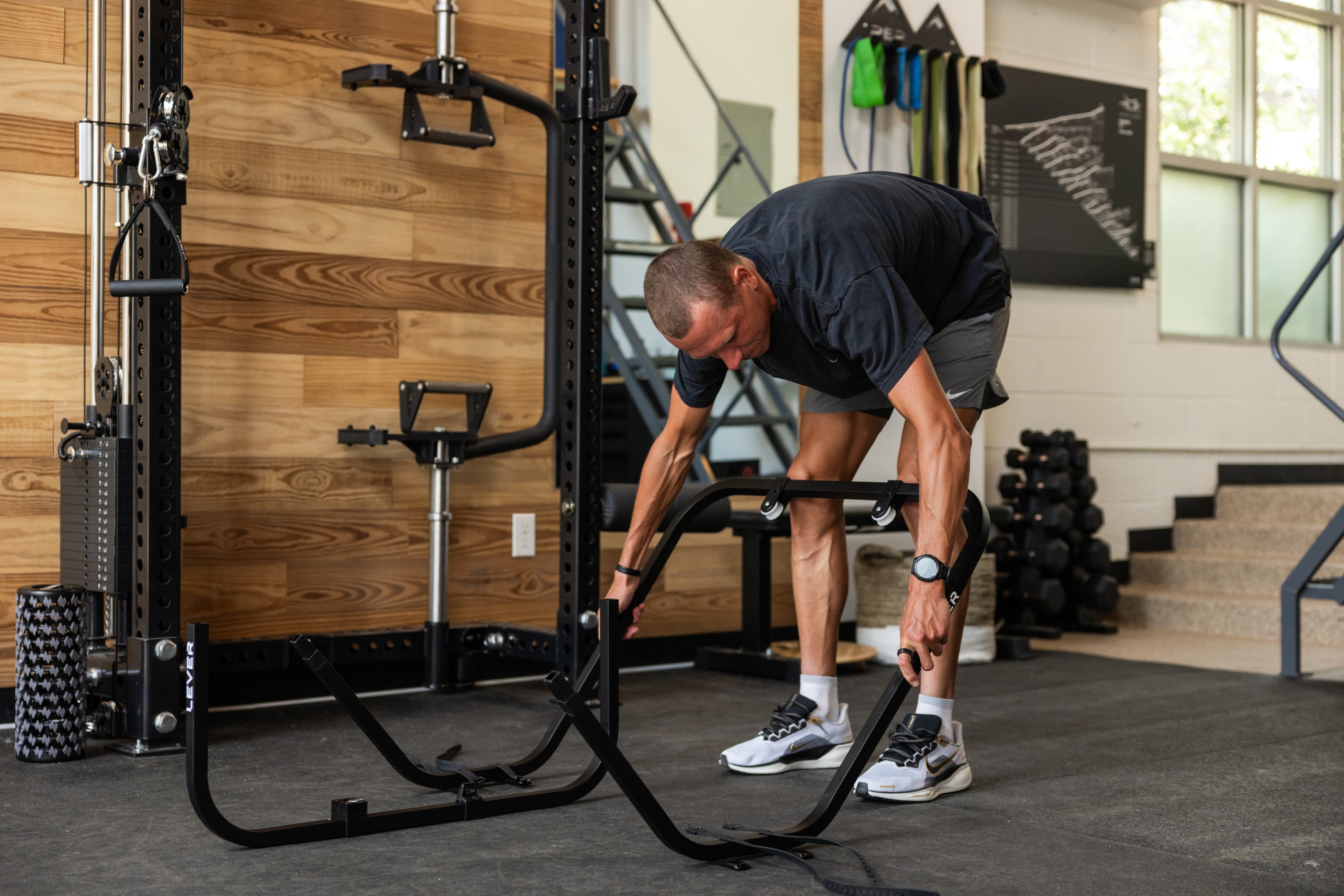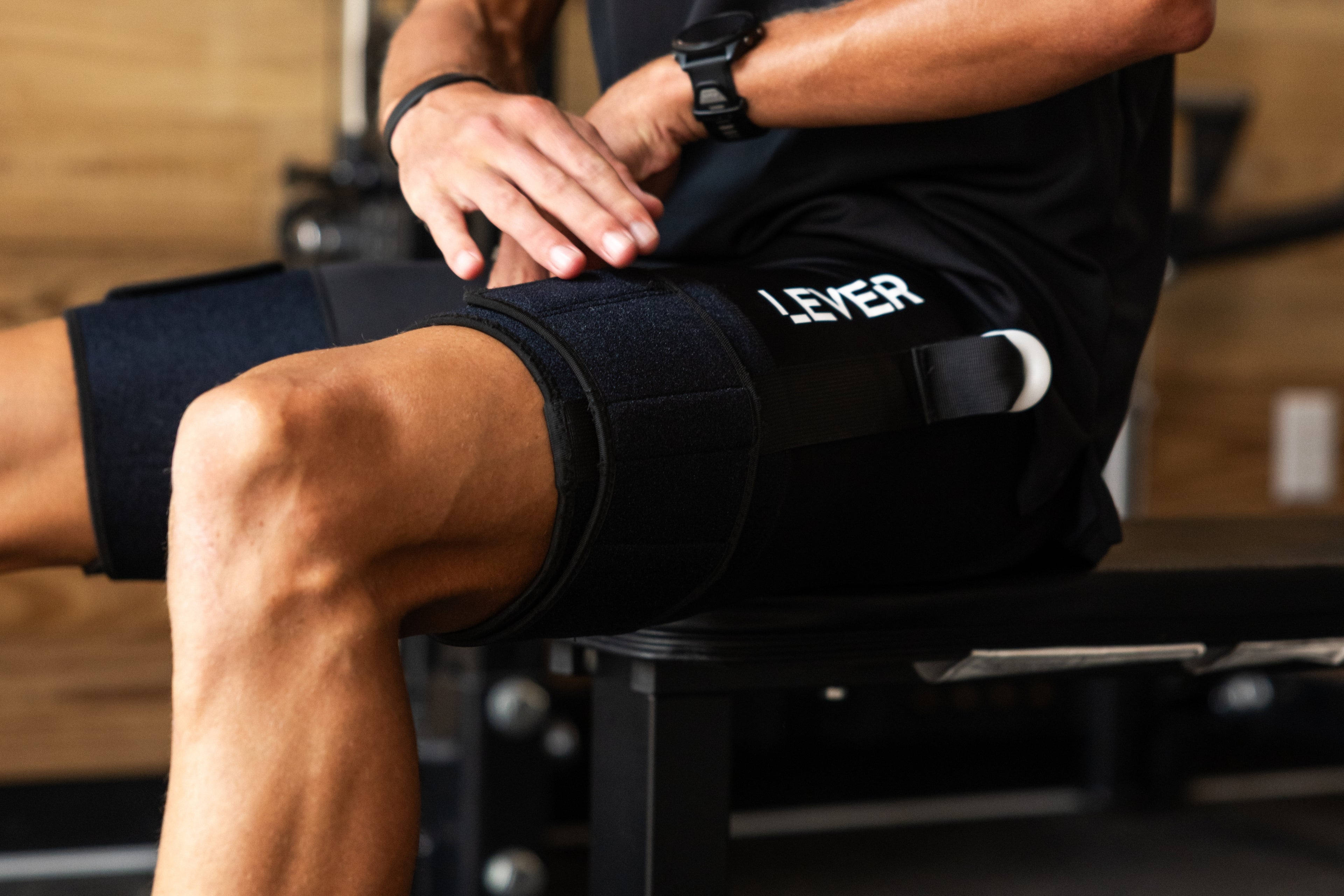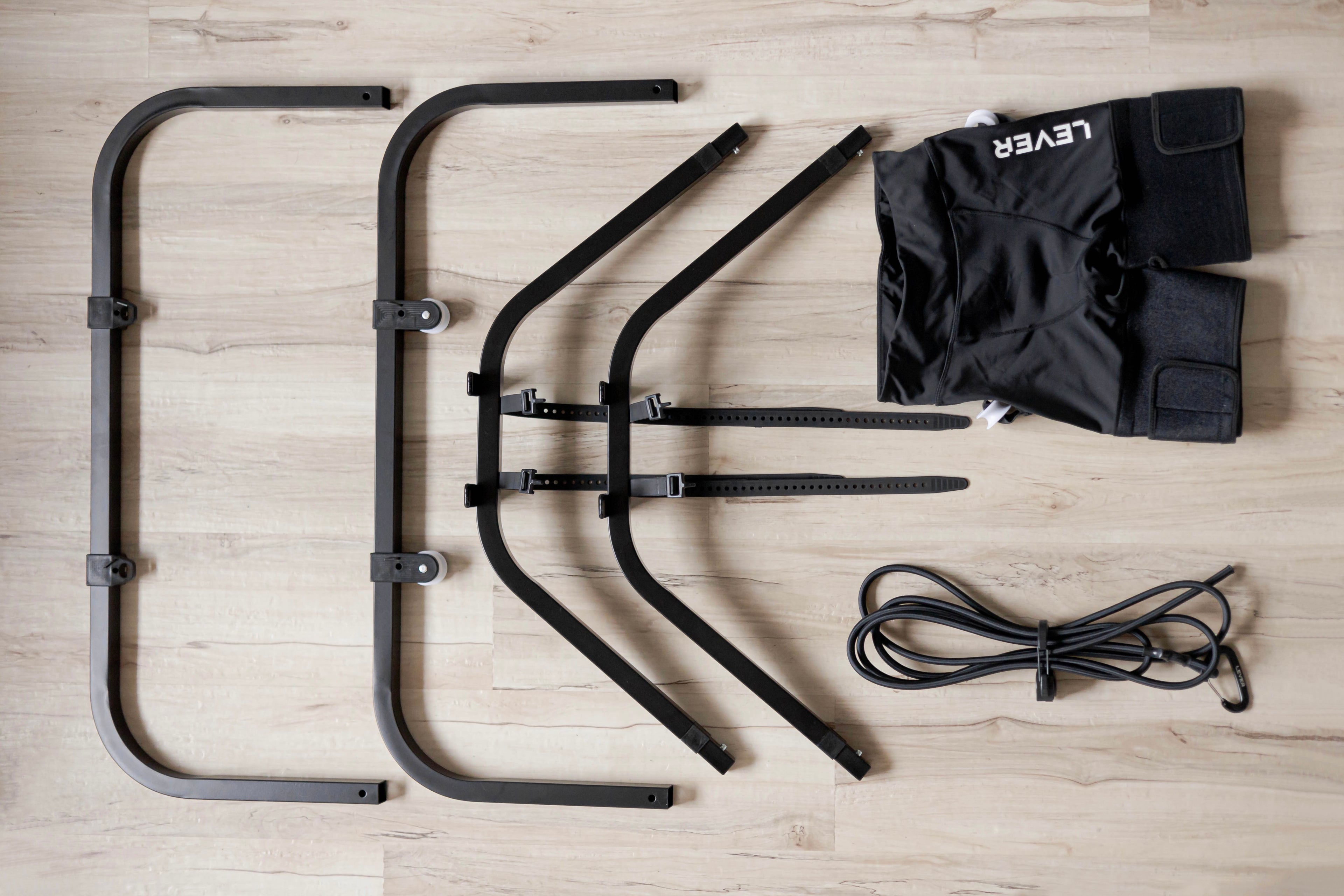Key Strategies for Injury Prevention:
1. Gradual Training Progression: Avoid increasing your mileage or intensity too quickly. A good rule of thumb is the 10% rule – don't increase your weekly mileage by more than 10% from the previous week.
2. Proper Footwear: Invest in quality running shoes that suit your foot type and running style. Replace your shoes every 300-500 miles to ensure proper support.
3. Strength and Flexibility Training: Incorporate strength training exercises, particularly for your core and lower body, to improve running efficiency. Regular flexibility exercises can also prevent muscle imbalances and tightness.

4. Rest and Recovery: Give your body time to recover between runs. This includes getting enough sleep, proper nutrition, and incorporating rest days into your training regimen.
5. Listen to Your Body: Pay attention to any signs of discomfort or pain. Early intervention can prevent minor issues from becoming major injuries.

Incorporating the LEVER system into your training:
LEVER allows you to enhance your workout intensity while decreasing the risk of running injuries. Ideal for high volume athletes or those looking to safely increase their workout intensity, the system is especially valuable for anyone with a history of injuries.





















